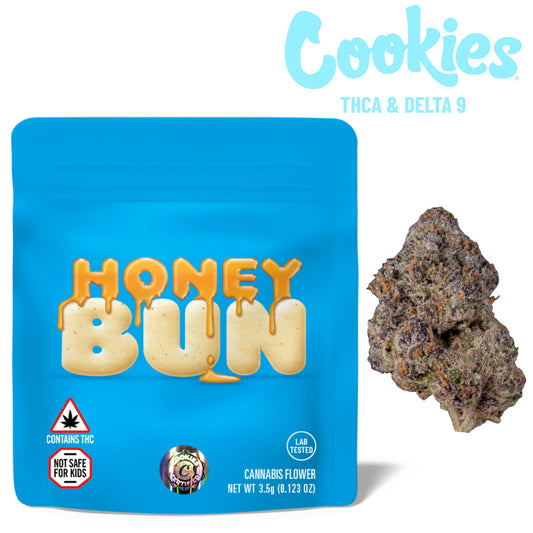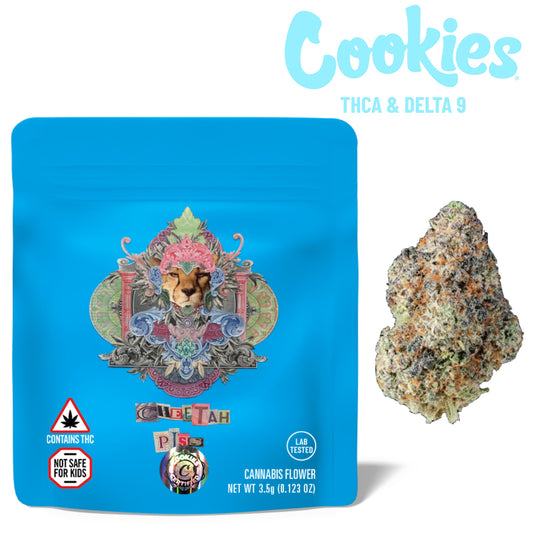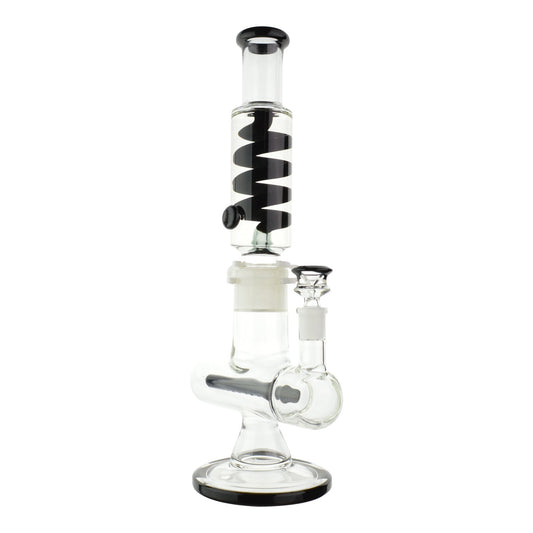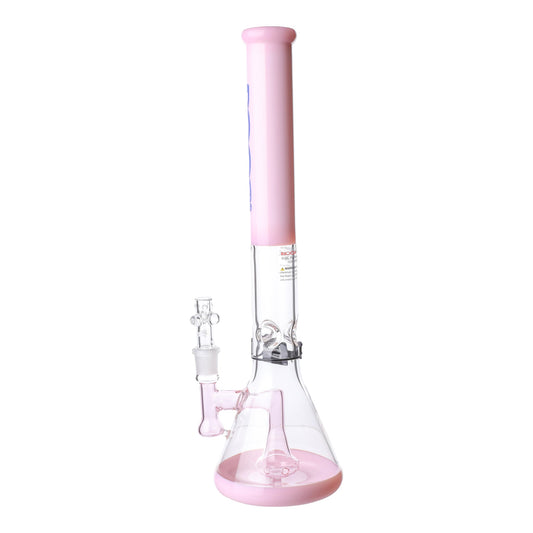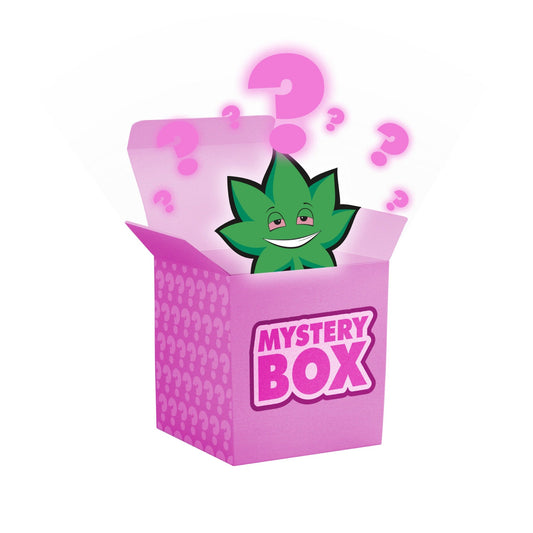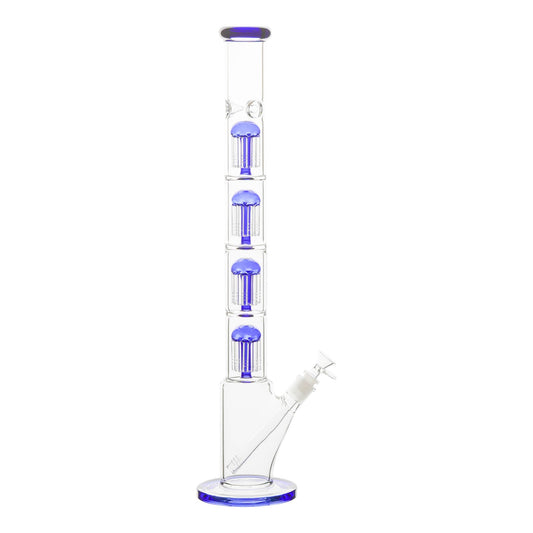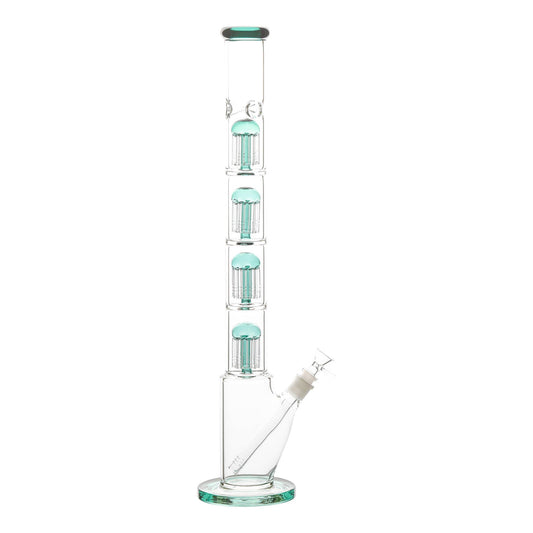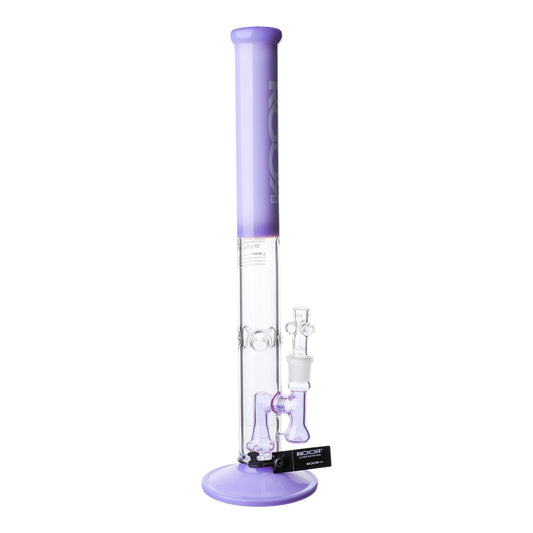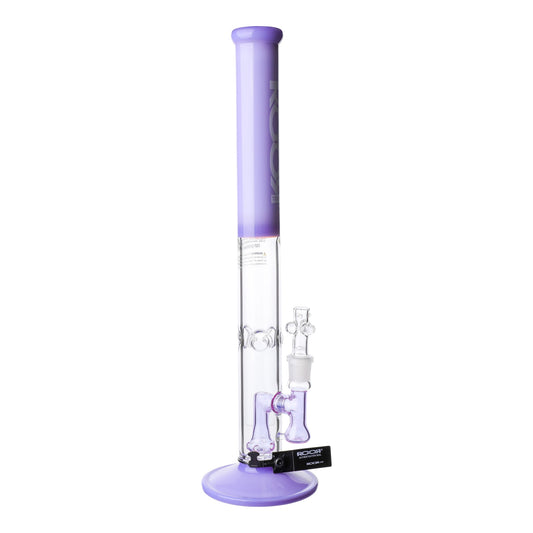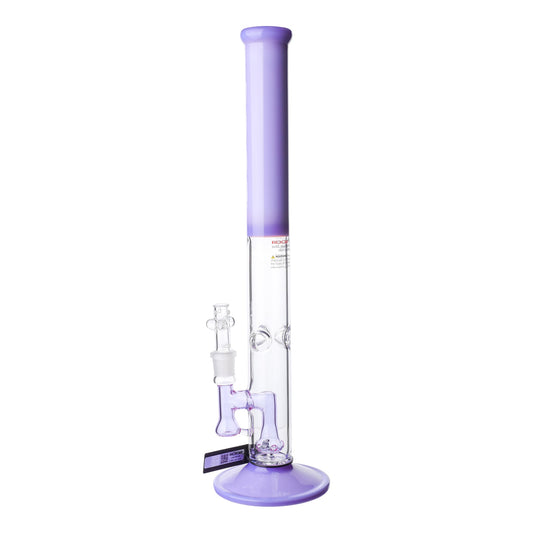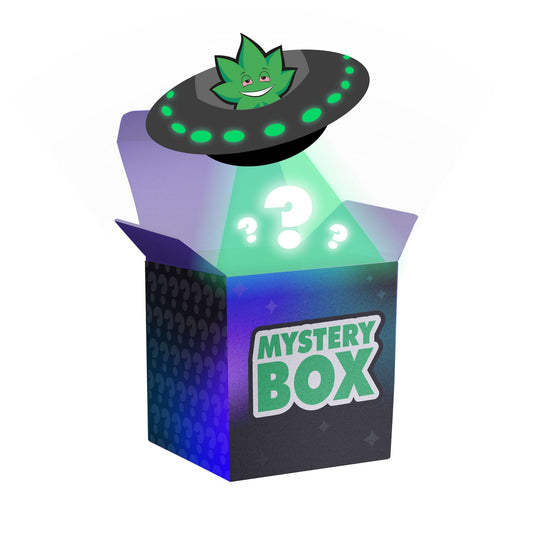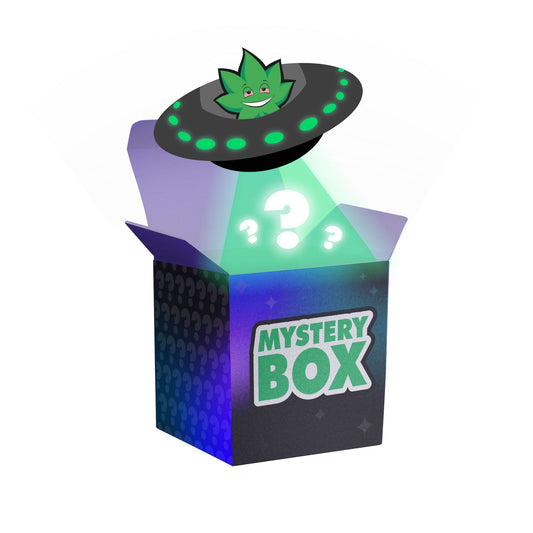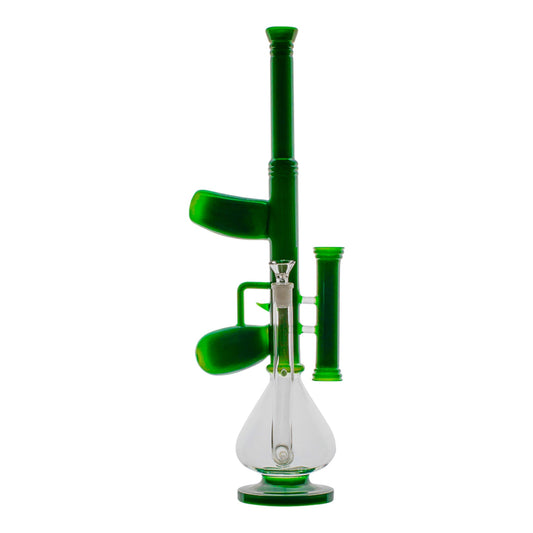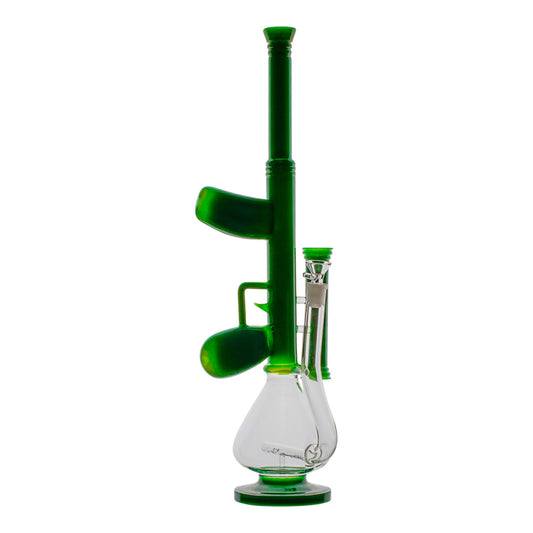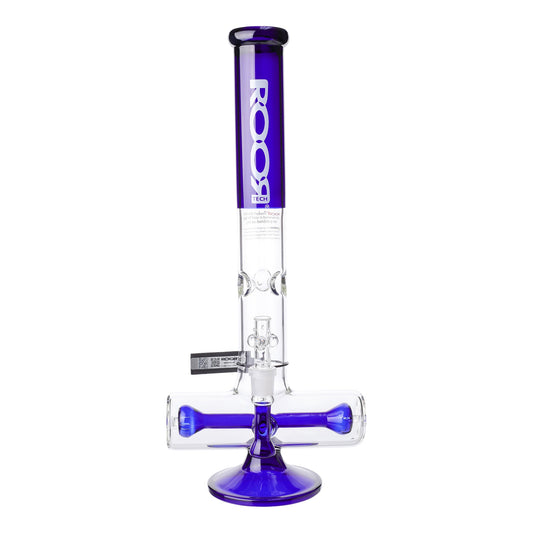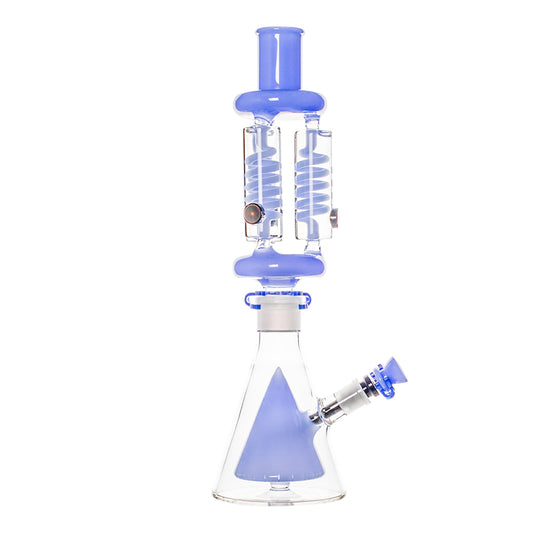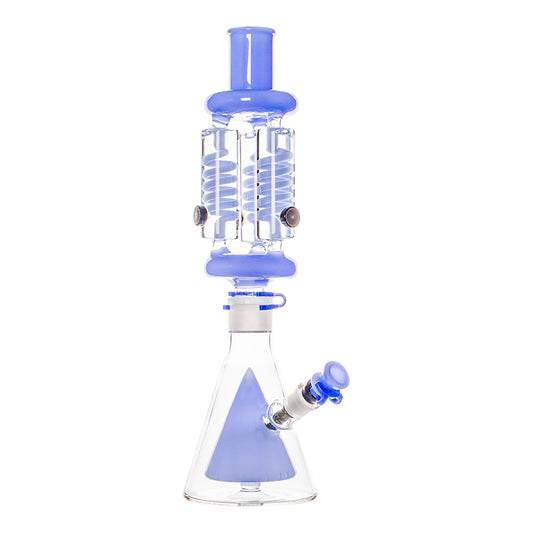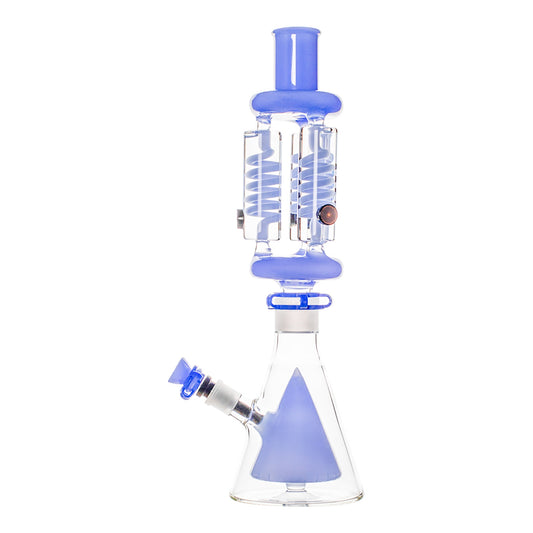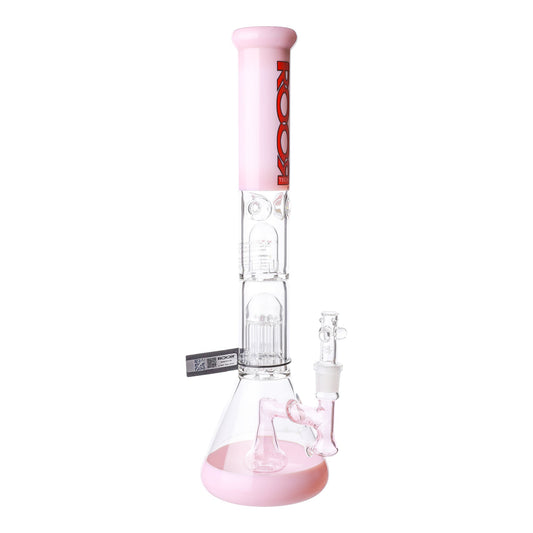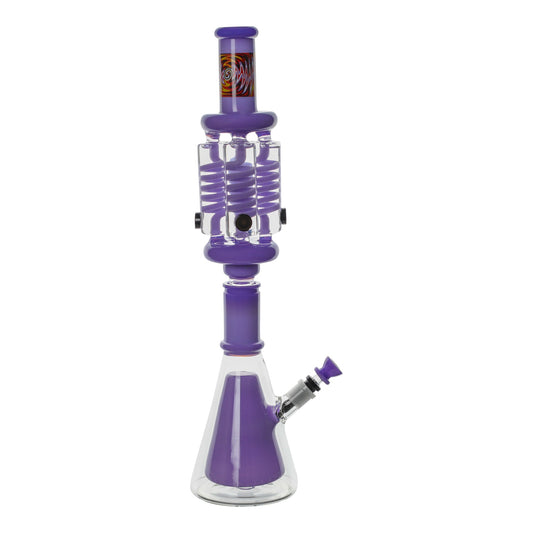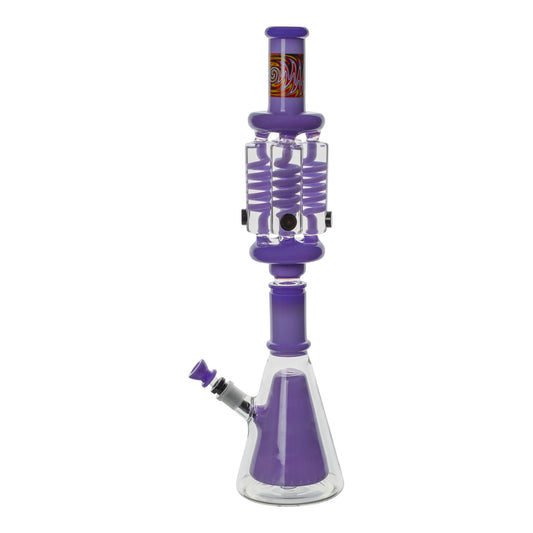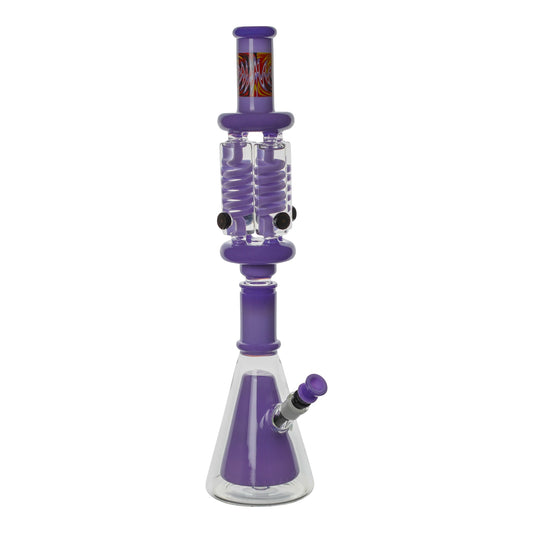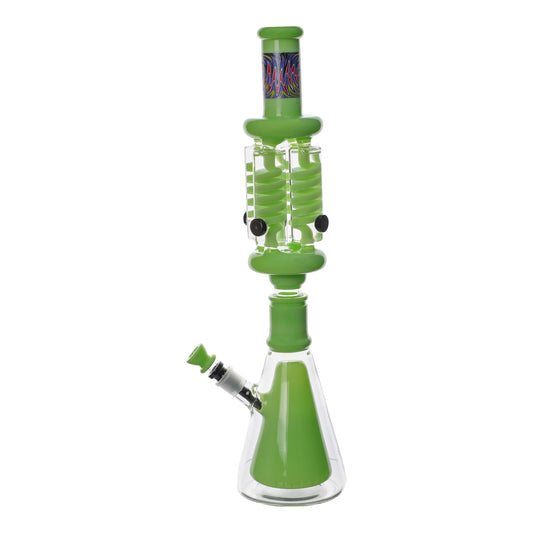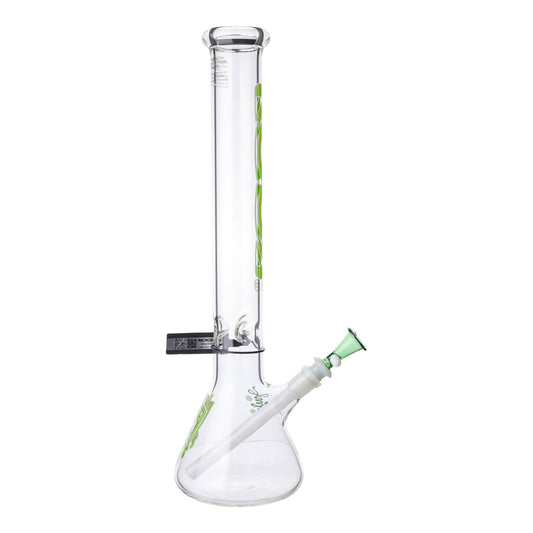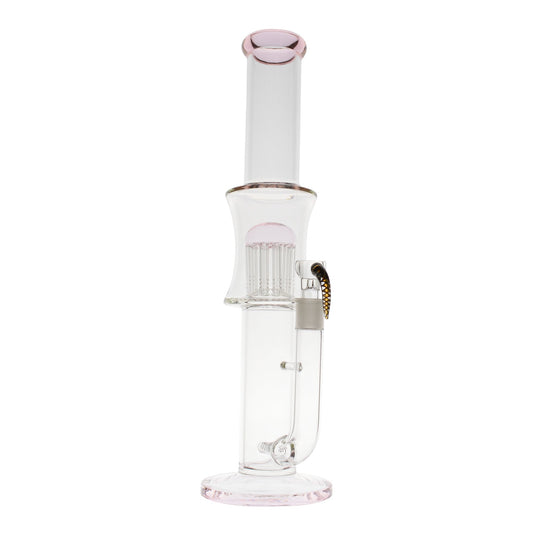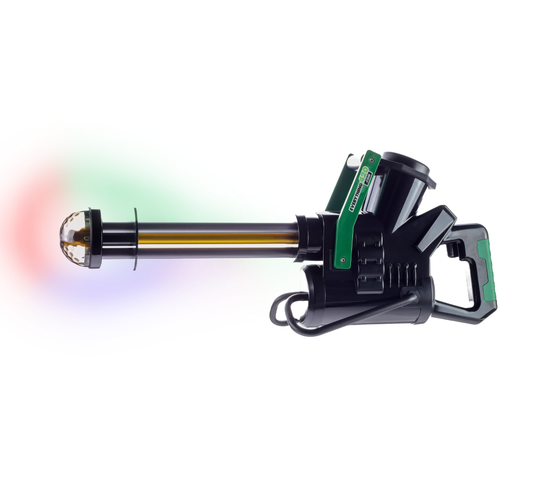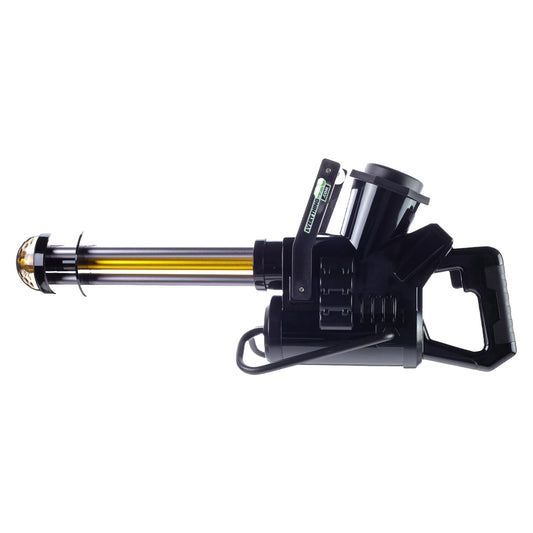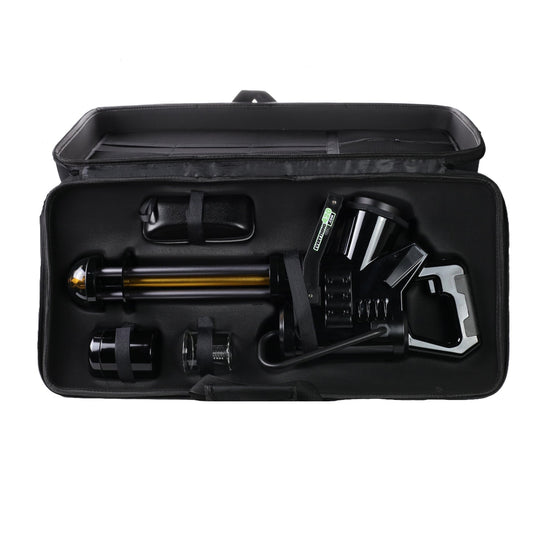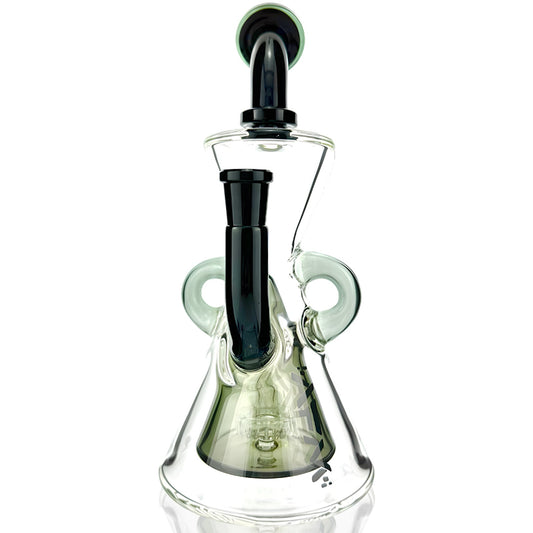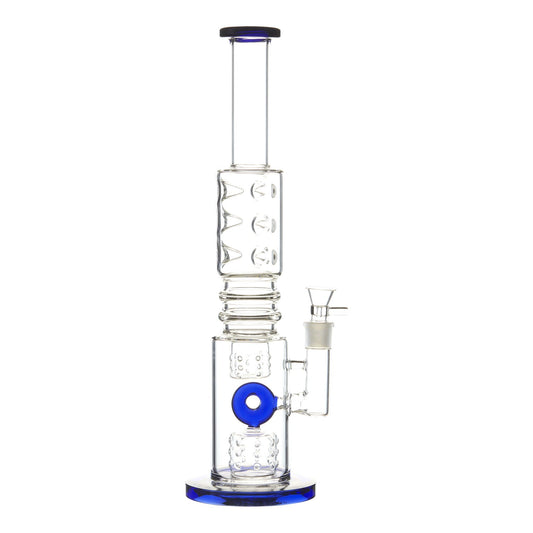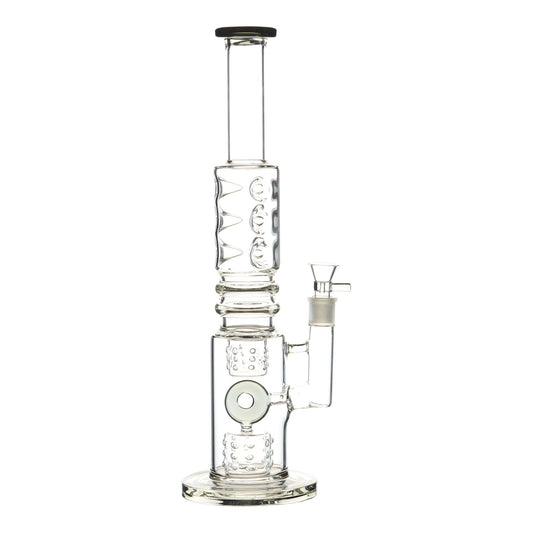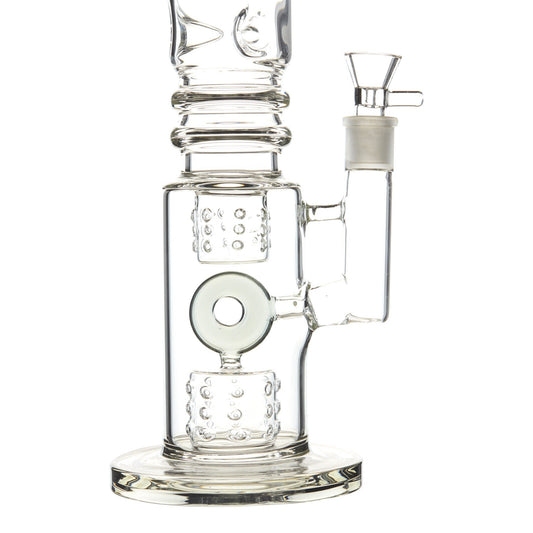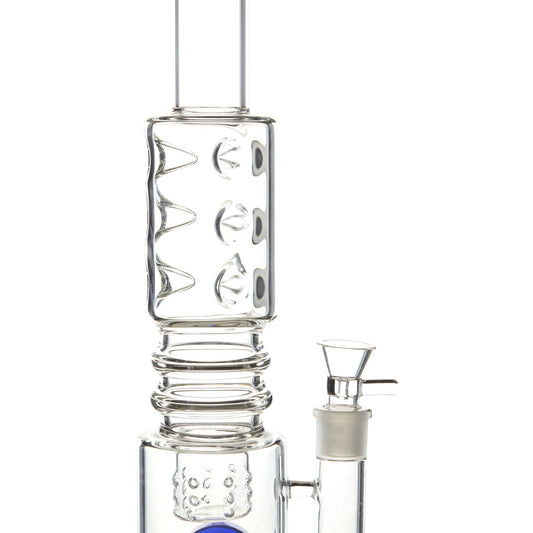Most pot smokers can identify the subtle nuances in flavor and aroma of a dank nug. From the tangy, mango-like flavor when you puff on Green Crack, to the skunky strawberry scent when you open your stash of Strawberry Cough, much of the complexity is due to the specific plant’s terpene profile. Not to get confused with cannabinoids, terpenes affect smell and taste. Once you learn the basics about terpenes and the most common terpenes in marijuana, you’ll have a much deeper appreciation for bud.
What are Terpenes?
Terpenes aren’t just found in cannabis, they are naturally occurring compounds produced in nearly every kind of plant. These compounds are responsible for the amazing aroma of fruits, leaves, and flowers and are meant to dissuade predators and attract pollinators. Each cannabis strain has distinct characteristics including smell and flavor, which are thanks to the unique terpene profile specific to that plant. Everything from climate, soil type, fertilizer, weather, and even the hour of the day affects terpene production. When it comes to marijuana terpenes, the type and the quantity of each makes a big difference. Each plant has a combination of multiple terpenes that creates its distinguishing aroma and taste such as the pungent fuel-like scent that predominates Sour Diesel (that’s from the caryophyllene terpene).
Some people believe that cannabis terpenes may also play a role in the various effects associated with each strain. This belief stems from the fact that bud which produces certain effects like euphoria or energeticness often have similar terpene profiles. The compounds may not cause these effects, but rather heighten certain characteristics such as feelings of relaxation, calmness, or creativity. More research is needed to see if this is true, but cannabis effects may actually be attributed to a combination of weed terpenes and strain type (indica vs sativa).
Do terpenes get you high?
This is a relevant question, but no, marijuana terpenes are not responsible for any psychoactive effect or getting you high. Cannabinoids are a group of over 100 chemical compounds found only in the cannabis plant, one of which causes the effect of feeling high. This is tetrahydrocannabinol, usually shortened to THC. While terpenes are produced within the same glands that cannabinoids originate, the two naturally occurring compounds do not produce the same effects. As mentioned previously, terpenes are only associated with aroma and flavor.
Terpenes Chart
List of terpenes
There are over 20,000 known terpenes found in plants, around 100 of which are present within the cannabis plant. Some of these are more common in cannabis than others and occur in higher concentrations. The following list of marijuana terpenes covers those that you’ll be most likely to encounter:
Limonene terpene
Contrary to popular belief, not all pot that tastes like citrus or lemon has the limonene terpene. This common terpene gives a fruity or citrus-like flavor and a fresh scent that many stoners love. Limonene is also found in citrus fruits and juniper and is used for its stress and anxiety reducing properties.
Limonene strains to try: Wedding Cake, Berry White, Peanut Butter Breath, Do-si-dos, King Louis
Pinene terpene
Like the name suggests, pinene is found in pine trees, conifers, rosemary, dill, parsley, and basil plants and is the most common terpene on earth. In cannabis, the compound is often the second highest in concentration, but rarely the main terpene of a strain. Pinene is associated with reduced inflammation, pain, and anxiety.
Pinene strains to try: Big Smooth, Blue Dream, Harlequin, Citrus Sap, Critical Mass, Snoop’s Dream
Myrcene terpene
Myrcene is the most prevalent cannabis terpene, representing roughly 20% of all terpenes in commercial marijuana. It gives off a distinct smell that resembles clove. The aromatic compound is also found in high quantities in mango, basil, lemongrass, and hops, a key ingredient in IPA beer. It has a calming, mild sedative effect and is also an analgesic.
Myrcene strains to try: OG Kush, Granddaddy Purple, Northern Lights, Green Crack, Grape Ape
Linalool terpene
One whiff of this therapeutic terpene will immediately transport you to a fragrant lavender field. Linalool gives lavender its characteristic scent. Plants with linalool are often used medicinally for aromatherapy purposes, anxiety reduction, and for their anti-microbial and anti-epileptic properties. Linalool isn’t found in high quantities in cannabis, and is rarely the most prominent terpene in a strain.
Linalool strains to try: Lavender Kush, Amnesia, Haze, Zkittlez, Kosher Kush
Caryophyllene terpene
That diesel or spicy tingling associated with some of the most popular marijuana strains comes from the caryophyllene terpene. The antioxidant-rich compound is also found in black pepper, cinnamon, oregano, and cloves. There are numerous terpene benefits, and caryophyllene specifically can help treat inflammation, anxiety, depression, and more.
Caryophyllene strains to try: Gelato, Girl Scout Cookies, Blue Cookies, Sour Diesel, Pineapple Express
Other marijuana terpenes: Humulene, Terpinolene, borneol, eucalyptol, nerolidol, ocimene, geraniol, and phytol.
Now that you have some knowledge about terpenes, you may need some new glass or rolling papers to test out the various strains. Check out our online headshop for cheap bongs, glass pipes, rolling paper, rolling trays, bubblers, and more.


















